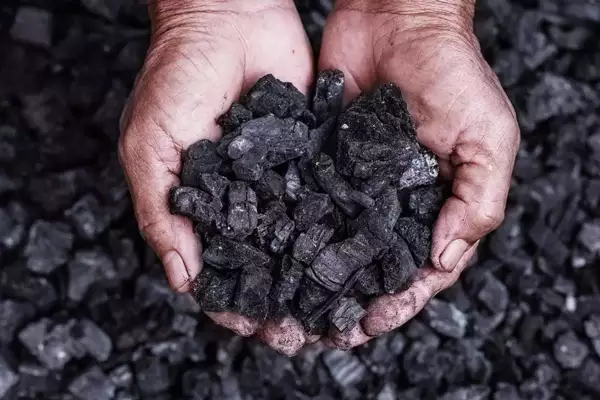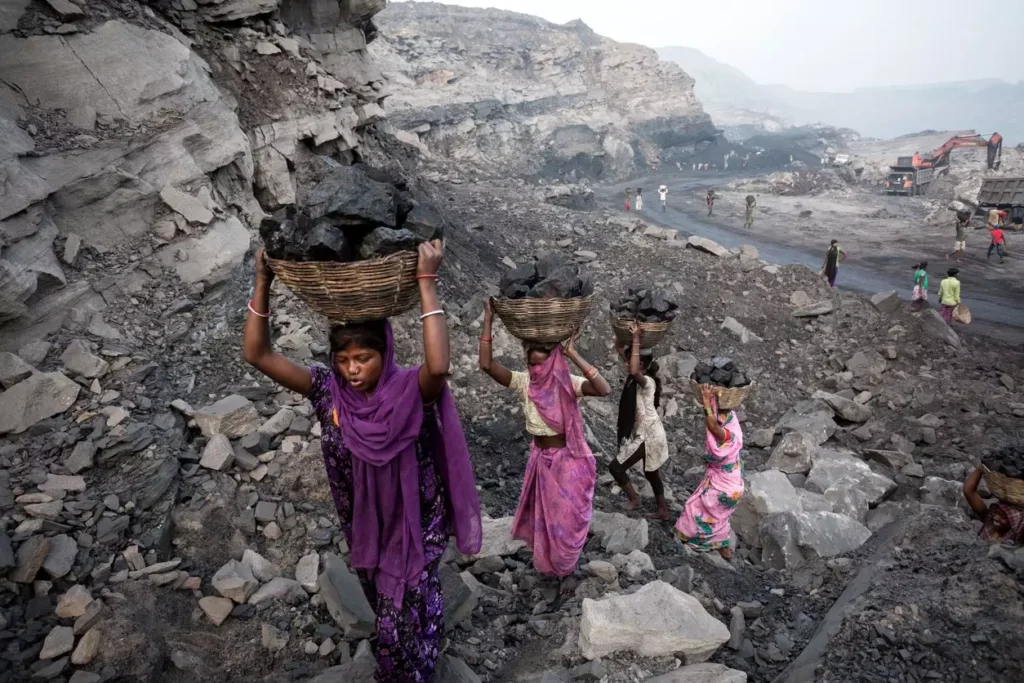The Ministry of Coal has initiated India’s first-ever pilot project for Underground Coal Gasification (UCG) at the Kasta coal block in Jamtara District, Jharkhand.
About Coal Gasification:
- Coal gasification is a crucial process for converting carbon-based materials into syngas, offering an alternative to traditional energy sources.
Process:
- Coal gasification involves transforming coal, petroleum, or biomass into syngas (synthesis gas).
- The process occurs without combustion, utilizing minimal or no oxygen in a closed reactor under high pressure.
- It directly converts materials into syngas, bypassing traditional combustion methods.
Composition of Syngas:
- Syngas primarily consists of Carbon monoxide (CO), Hydrogen (H2), Carbon dioxide (CO2), Methane (CH4), and Water vapor (H2O).
- This gas mixture can be used as a fuel source or as a precursor for chemical synthesis.
Types of Gasifiers:
Fixed Bed Gasifiers:
- Require minimal pre-treatment of feedstock.
- Known for high thermal efficiency, making them suitable for smaller-scale operations.
Fluidized Bed Gasifiers:
- Promote uniform particle mixing and lower temperature gradients.
- Generally, have lower capital costs and are adaptable to various feedstocks.
Entrained Flow Gasifiers:
- Capable of handling diverse feeds, including lower-quality fuels.
- Produce a clean syngas, free from oils and tars, ideal for high-quality energy production.
| UPSC IAS Preparation Resources | |
| Current Affairs Analysis | Topperspedia |
| GS Shots | Simply Explained |
| Daily Flash Cards | Daily Quiz |



